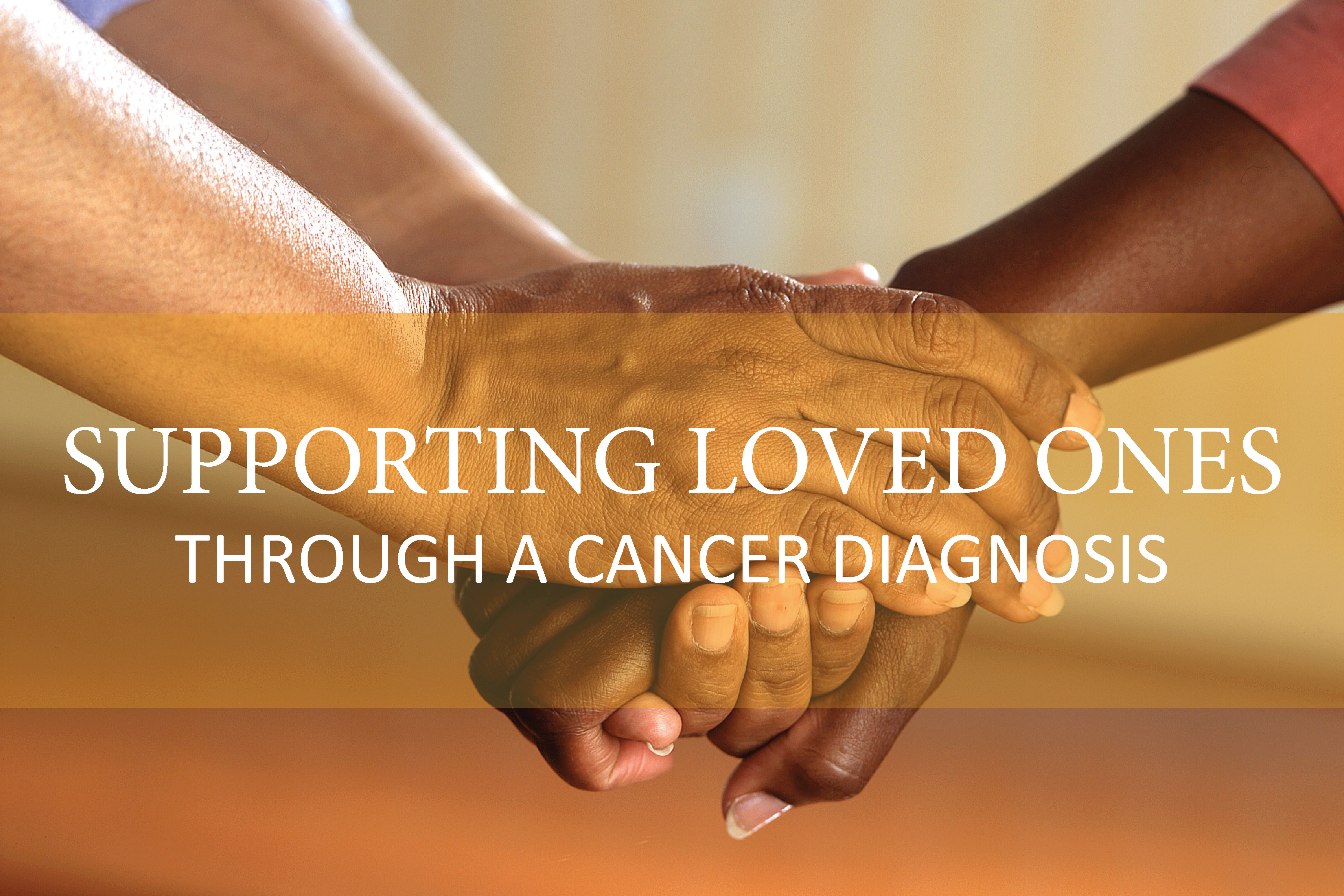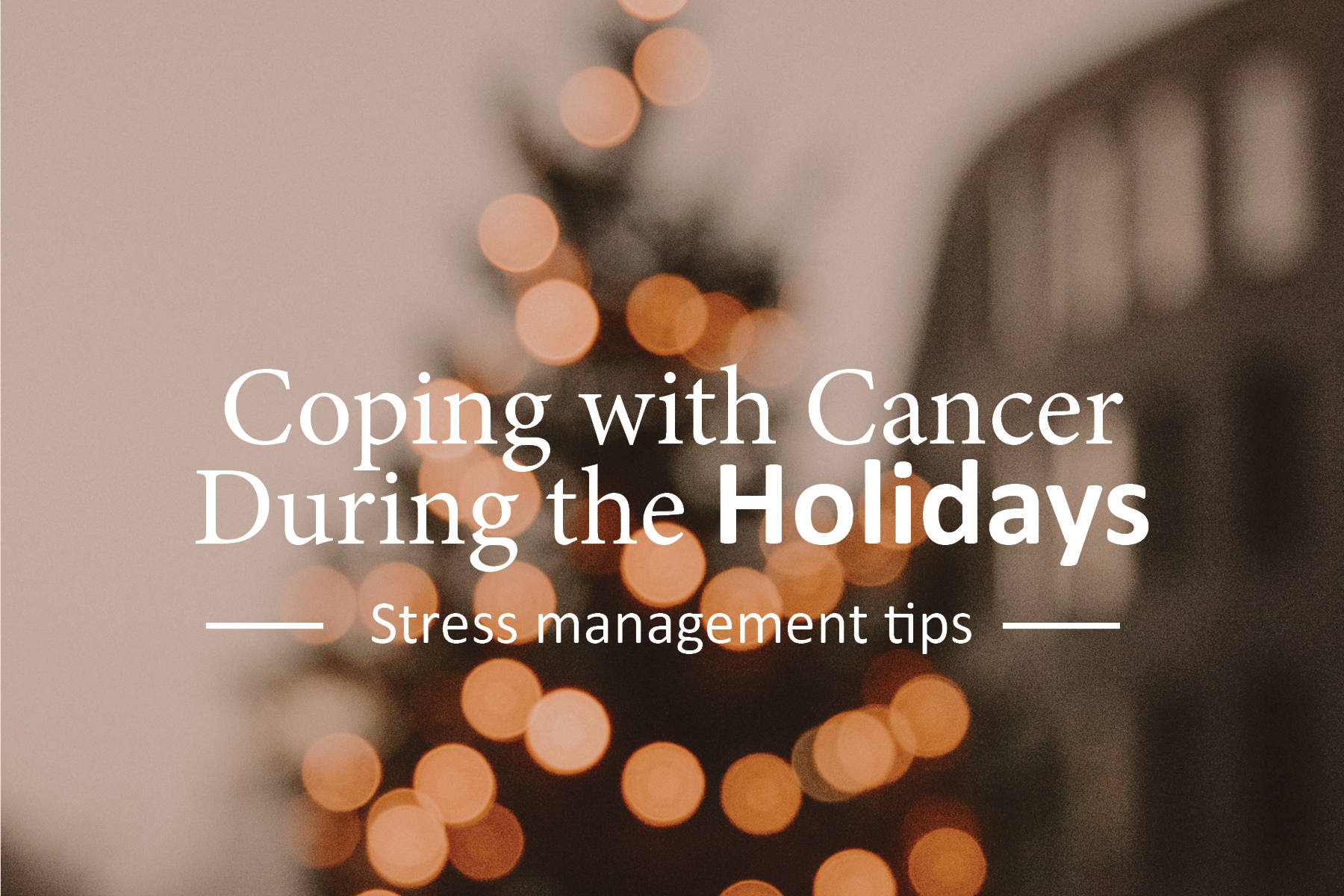Melanoma skin cancer is a type of cancer that affects the melanocytes, the cells that produce pigment in the skin. It is the deadliest form of skin cancer, but it is also one of the most preventable and treatable if detected early.
Causes of Melanoma Skin Cancer
The primary cause of melanoma skin cancer is exposure to ultraviolet (UV) radiation from the sun or tanning beds. People with fair skin, light-colored eyes, and a history of sunburns or excessive sun exposure are at a higher risk of developing melanoma. Other factors that can increase the risk of melanoma include having a family history of the disease, having many moles or atypical moles, and a weakened immune system.
Symptoms of Melanoma Skin Cancer
Melanoma can appear as a new mole or an existing mole that changes in size, shape, or color. It may also have an irregular or asymmetrical shape, ragged edges, and multiple colors or shades. In some cases, it may also bleed or become itchy. Melanoma can occur anywhere on the body, but it is most commonly found on the back, legs, arms, and face.
Prevention of Melanoma Skin Cancer
The best way to prevent melanoma skin cancer is to protect your skin from UV radiation. This can be done by wearing protective clothing, using sunscreen with a high SPF, seeking shade during peak hours of sun exposure, and avoiding tanning beds. It is also important to regularly examine your skin for any new or changing moles and to see a dermatologist if you notice any suspicious changes.
Treatment of Melanoma Skin Cancer
If melanoma is detected early, it can often be treated with surgery to remove the affected area. In more advanced cases, additional treatments such as radiation therapy, chemotherapy, or immunotherapy may be necessary. The prognosis for melanoma depends on the stage and location of the cancer, as well as the overall health of the patient.
Melanoma skin cancer is a serious disease, but it can be prevented and treated if detected early. By protecting your skin from UV radiation and regularly examining your skin for any changes, you can reduce your risk of developing melanoma. If you notice any suspicious moles or changes in your skin, it is important to see a dermatologist or doctor for evaluation and treatment.
Expert Cancer Care
Our caring team of experts are here to provide you with a custom-tailored treatment plan unique to your diagnosis, tumor size, location and involvement. Click on the button below to explore available cancer screenings and treatment options.






